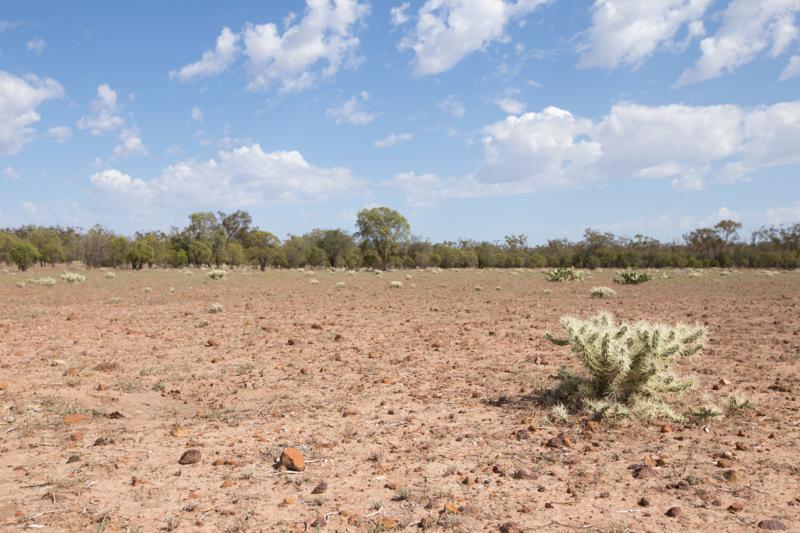MERINO farmer Greg Rogers has seen a lot in his time on the land, and he acknowledges that life is tough for many of his fellow landholders in the Western Division. Greg, who farms 37,000 hectares in Booligal in the Riverina, alongside his wife Helen, son Robert and daughter-in-law Jess, is chair of the NSW Farmers’ Western Division Council. The Western Division covers 42% of NSW and at the end of June, more than 95% of its 32.5 million hectares remained affected by drought.
“Some areas have had some rain,” says Greg. “But the situation is not good. Wool prices, sheepmeat prices and goat prices are all strong – the prices aren’t the problem. It’s the seasonal conditions that are causing the challenges.”
Greg, who was born on his farm, says that farmers in his part of the world do expect dry times. But apart from the horrific year of 2002 during the Millennium drought, the current situation has produced some of the worst conditions he has ever seen. Compounding this was a dust storm in late November 2018, which caused significant land damage, piling even more pressure on struggling farmers. “An event like that really throws the cat amongst the pigeons,” says Greg.
A key priority for the Western Division Council is to work with the government on drought measures, and Greg is pleased that it has agreed to waive Local Land Services rates and the wild dog fee for 2019-20 to give farmers some relief. “Every little bit helps,” he says. The NSW government has also waived the Western Lands lease rates for all Western Division landholders. “This is a very big help to us all,” says Greg.
The Council is now urging the government to take action on the Hudson pear infestation. “We are very concerned that although it only covers a small area at this stage, it will become a very big issue if we don’t tackle it now,” says Greg. The noxious weed, native to Mexico, germinates quickly if left untreated, and he believes it will be almost impossible to deal with, if the government doesn’t provide funding soon.
 Hudson Pear infestation in Cumborah, North-West NSW. Source: Mardi Remond.
Hudson Pear infestation in Cumborah, North-West NSW. Source: Mardi Remond.
Greg also spends a chunk of his time on freehold land queries. The Crown Land Management Act was introduced in 2018 and allows for eligible leased land in the Western Division – about a third of the total area – to be converted to freehold. So far, the NSW Department of Industry has received more than 300 applications from leaseholders and has approved 49. “It’s pretty well set up, and most people are comfortable with the process,” Greg says.
But perhaps the biggest win is the announced wild dog fence extension. “If the government is genuine and goes ahead with more than doubling the length of the fence, it will be a big event for the Western Division.”
RELATED ARTICLES:
A thorny fight to stop the Hudson pear invasive species
Should stock route reserves return to farmers?
100km exclusion fence line opens the gate to new business